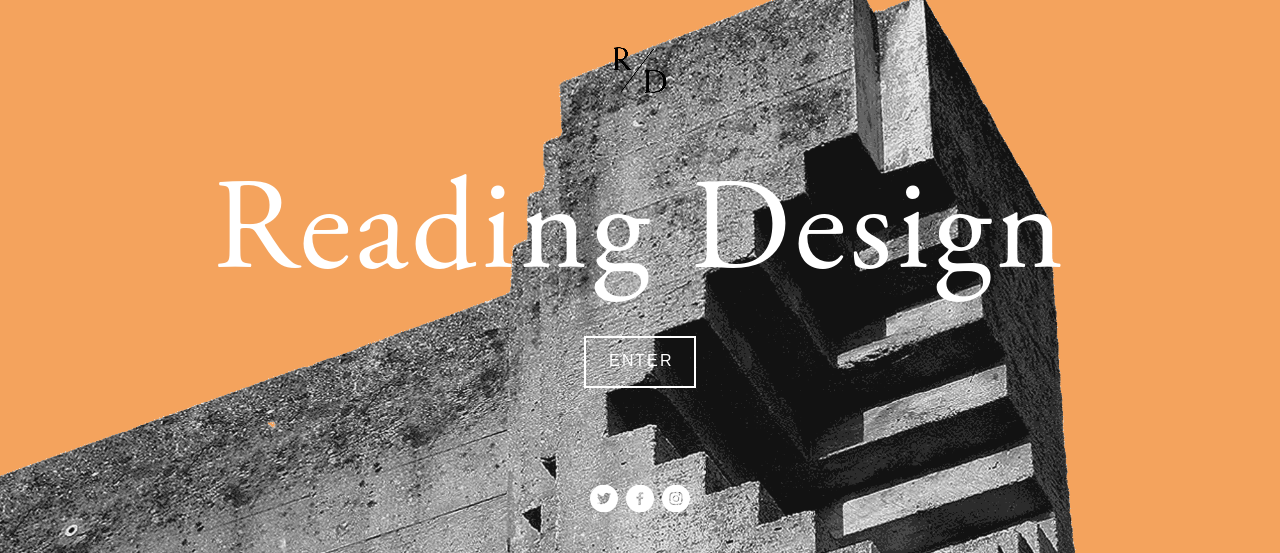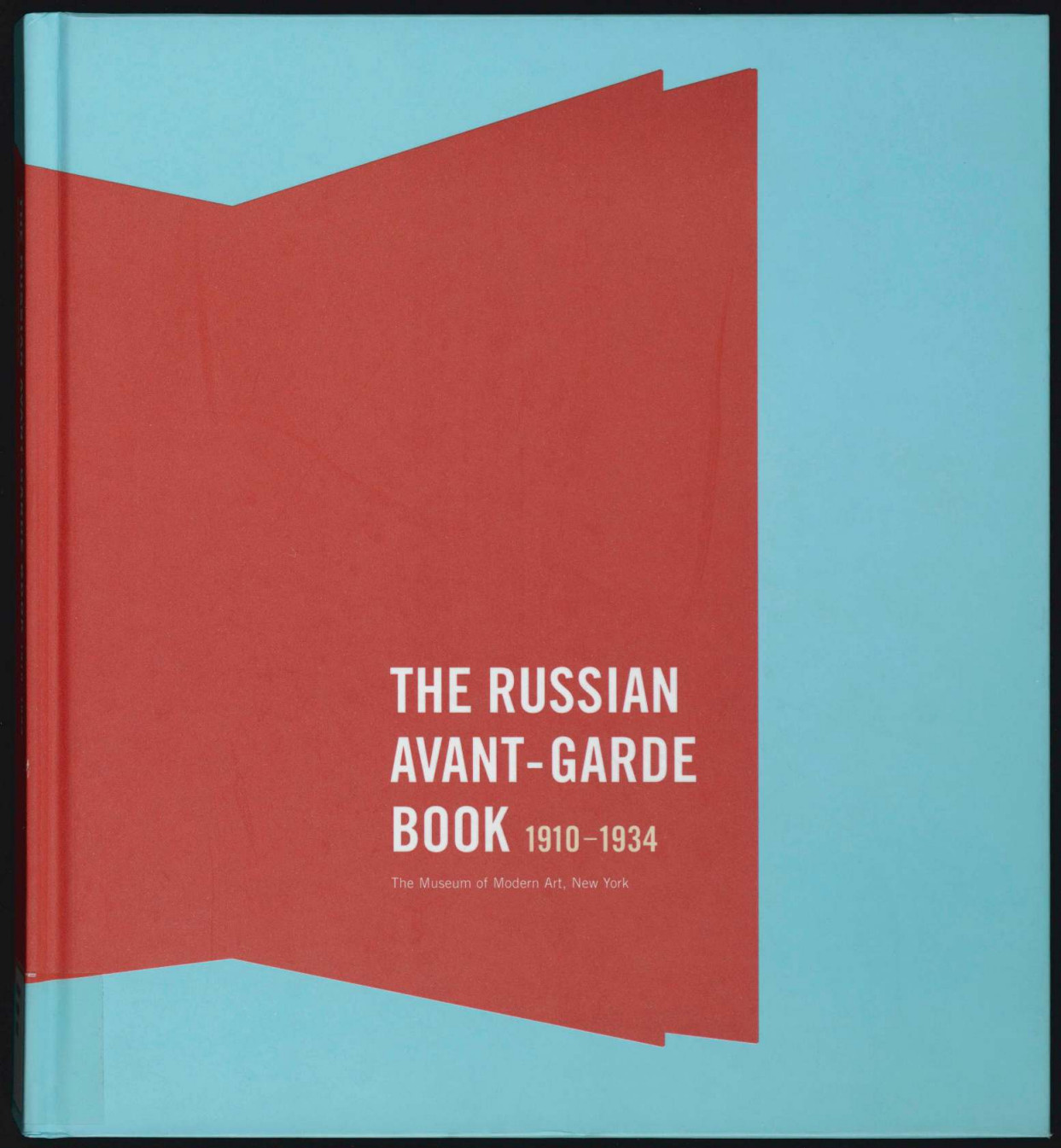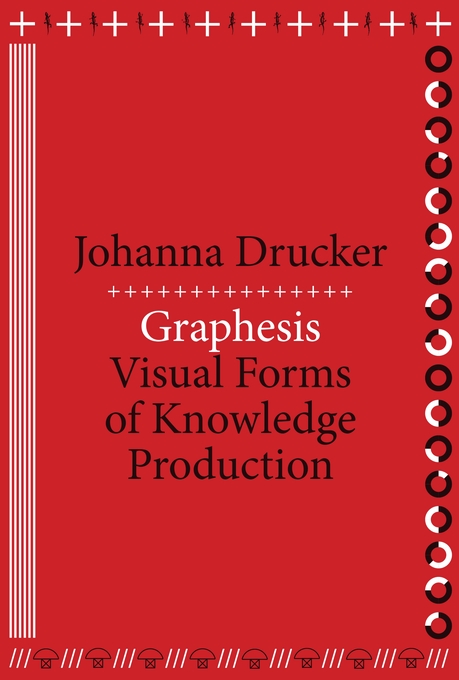Reading Design (2013–)
Filed under online resource | Tags: · architecture, critical design, design, fashion design, graphic design, industrial design, theory, urbanism

“Reading Design is an online archive of critical writing about design. The idea is to embrace the whole of design, from architecture and urbanism to product, fashion, graphics and beyond. The texts featured here date from the nineteenth century right up to the present moment but each one contains something which remains relevant, surprising or interesting to us today.
Reading Design is not a magazine or a journal and many or most of the texts here will have been published before. They might be papers, transcriptions of lectures, articles, essays, academic texts, photo essays, sketches or blog posts but the aim is to collate these texts in one place to build a resource which we hope will become invaluable to designers, academics, researchers, professionals and all those with any interest in design at all. It is a library of design which we hope is able to use the enormous capacity of the internet in a way in which it is not currently being used.
Reading Design is a non-profit making venture aiming to make pivotal texts available to all and to provoke, delight, enlighten, inspire, inform and occasionally infuriate.”
Editor-in-chief: Edwin Heathcote
Associate editor: Krisztina Heathcote
Margit Rowell, Deborah Wye: The Russian Avant-Garde Book, 1910-1934 (2002–) [English, Spanish]
Filed under catalogue | Tags: · artists book, avant-garde, book, design, futurism, graphic design, photography, photomontage, propaganda, russia, soviet union

“Russian avant-garde books made between 1900s-30s reflect a vivid and tumultuous period in that nation’s history that had ramifications for art, society, and politics. The early books, with their variously sized pages of coarse paper, illustrations entwined with printed, hand-written, and stamped texts, and provocative covers, were intended to shock academic conventions and bourgeois sensibilities. After the 1917 Revolution, books appeared with optimistic designs and photomontage meant to reach the masses and symbolize a rational, machine-led future. Later books showcased modern Soviet architecture and industry in the service of the government’s agenda.
Major artists adopted the book format during these two decades. They include Natalia Goncharova, El Lissitzky, Kazimir Malevich, Aleksandr Rodchenko, Olga Rozanova, the Stenberg brothers, Varvara Stepanova, and others. These artists often collaborated with poets, who created their own transrational language to accompany the imaginative illustrations. Three major artistic movements, Futurism, Suprematism, and Constructivism, that developed during this period in painting and sculpture also found their echo in the book format.
This publication accompanied an exhibition of Russian avant-garde books at The Museum of Modern Art, New York. Featuring some 300 books, this was the most comprehensive exhibition ever devoted exclusively to the illustrated books made during this period. It was prompted by a gift to MoMA of more than 1,000 Russian avant-garde illustrated books from The Judith Rothschild Foundation, New York.”
With essays by Deborah Wye, Nina Gurianova, Jared Ash, Gerald Janecek, and Margit Rowell.
Publisher Museum of Modern Art, New York, 2002
ISBN 0870700073, 9780870700071
304 pages
via MoMA
Reviews: Holland Cotter (NY Times, 2002), Steven Heller (Eye, 2002).
Exh. review: Kristin M. Jones (Frieze, 2002).
Exhibition website
Publisher (incl. installation views)
WorldCat
English: PDF, PDF (2002, 72 MB)
Spanish: PDF, PDF (2003, 74 MB)
Johanna Drucker: Graphesis: Visual Forms of Knowledge Production (2014)
Filed under book | Tags: · data visualisation, design, graphic design, image, interface, visual communication

“In our current screen-saturated culture, we take in more information through visual means than at any point in history. The computers and smart phones that constantly flood us with images do more than simply convey information. They structure our relationship to information through graphical formats. Learning to interpret how visual forms not only present but produce knowledge, says Johanna Drucker, has become an essential contemporary skill.
Graphesis provides a descriptive critical language for the analysis of graphical knowledge. In an interdisciplinary study fusing digital humanities with media studies and graphic design history, Drucker outlines the principles by which visual formats organize meaningful content. Among the most significant of these formats is the graphical user interface (GUI)—the dominant feature of the screens of nearly all consumer electronic devices. Because so much of our personal and professional lives is mediated through visual interfaces, it is important to start thinking critically about how they shape knowledge, our behavior, and even our identity.
Information graphics bear tell-tale signs of the disciplines in which they originated: statistics, business, and the empirical sciences. Drucker makes the case for studying visuality from a humanistic perspective, exploring how graphic languages can serve fields where qualitative judgments take priority over quantitative statements of fact. Graphesis offers a new epistemology of the ways we process information, embracing the full potential of visual forms and formats of knowledge production.”
Publisher Harvard University Press, 2014
metaLABprojects series
ISBN 0674724933, 9780674724938
215 pages
Reviews: Scott McLemee (Inside Higher Ed 2014), Maggie Sattler (Zeteo 2014), Cory Taylor (2014), Johannah Rodgers (Brooklyn Rail 2015).
PDF, PDF (17 MB, updated on 2016-8-15)
See also Drucker’s 2010 Graphesis article.
Comment (0)
